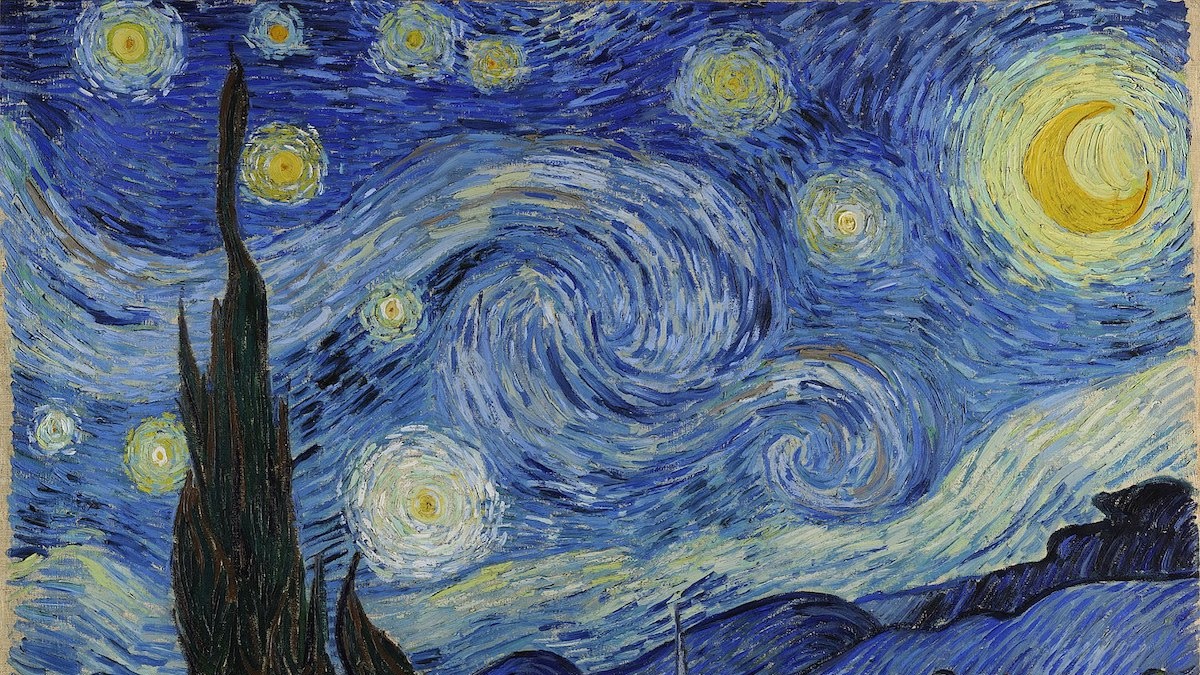How to Use Texture in Art: 4 Examples of Texture in Art
Written by MasterClass
Last updated: Jun 7, 2021 • 2 min read
You can use the element of texture in your art to give it a sense of touch, whether you’re making a watercolor still life painting or a sculpture of the human form in bronze.
Learn From the Best
What Is Texture in Art?
Texture is one of the elements of art that is used to represent how an object appears or feels. Sculptors and architects can create texture in a three-dimensional work of art by manipulating the surface texture of a piece. Painters can convey the illusion of texture in a two-dimensional work of art to imply how an object or subject matter might feel if it was really touched.
What Is the Difference Between Implied Texture and Physical Texture?
When making a work of visual art, you should consider the two types of texture, known as physical (or actual) texture and visual (or implied) texture.
- Physical texture: The physical texture of a work of art refers to its tactile texture that you can feel when you touch it. For example, the physical texture of a work of art may be soft, hard, smooth or rough.
- Visual texture: Artists who create works of art on a two-dimensional surface, such as painters or draftsmen, are creating a visual texture of their work by manipulating materials on their canvas.
4 Examples of Texture in Art
Art history is full of examples of different artists manipulating their work to create physical and visual texture. Here are some examples.
- 1. David by Michelangelo (1501–1504): Sculpted during the Italian Renaissance, Michelangelo’s masterful sculpture of the Biblical king David was chiseled entirely out of marble. In sculpting it, Michelangelo’s use of texture yielded a shiny, smooth surface that emphasizes the subject’s physique.
- 2. Le Chat by Alberto Giacometti (1955): Modern sculptor Alberto Giacometti is most famous for his sculptures of long, skinny figures constructed with roughly-applied passages of bronze. In Le Chat, he turned to a cat as his subject matter, which is also constructed with a hard, bumpy texture in opposition to the typical soft fur of a cat.
- 3. Starry Night by Vincent Van Gogh (1889): Though this is a two-dimensional work, Van Gogh’s famous Post-Impressionist painting of a village in the silhouette of a starry sky is an example of three-dimensional texture. The scene is rendered in impasto painting technique, with thick, visible brushstrokes standing out from the surface of the canvas.
- 4. Venus of Urbino by Titian (1532–1534): In this large-scale painting, Titian depicts a nude woman lounging on a bed. He uses his paint to indicate the surface quality of the blanket she’s laying on, and the upholstery of her bed. His ability to convincingly depict the different textures of these costly fabrics is a sign of his mastery of visual texture.
Ready to Tap Into Your Artistic Abilities?
Grab the MasterClass Annual Membership and plumb the depths of your creativity with the help of modern artist Jeff Koons, abstract artist Futura, and stage designer Es Devlin. Our exclusive video lessons will teach you to do things like utilize color and scale, explore the beauty in everyday objects, and so much more.
